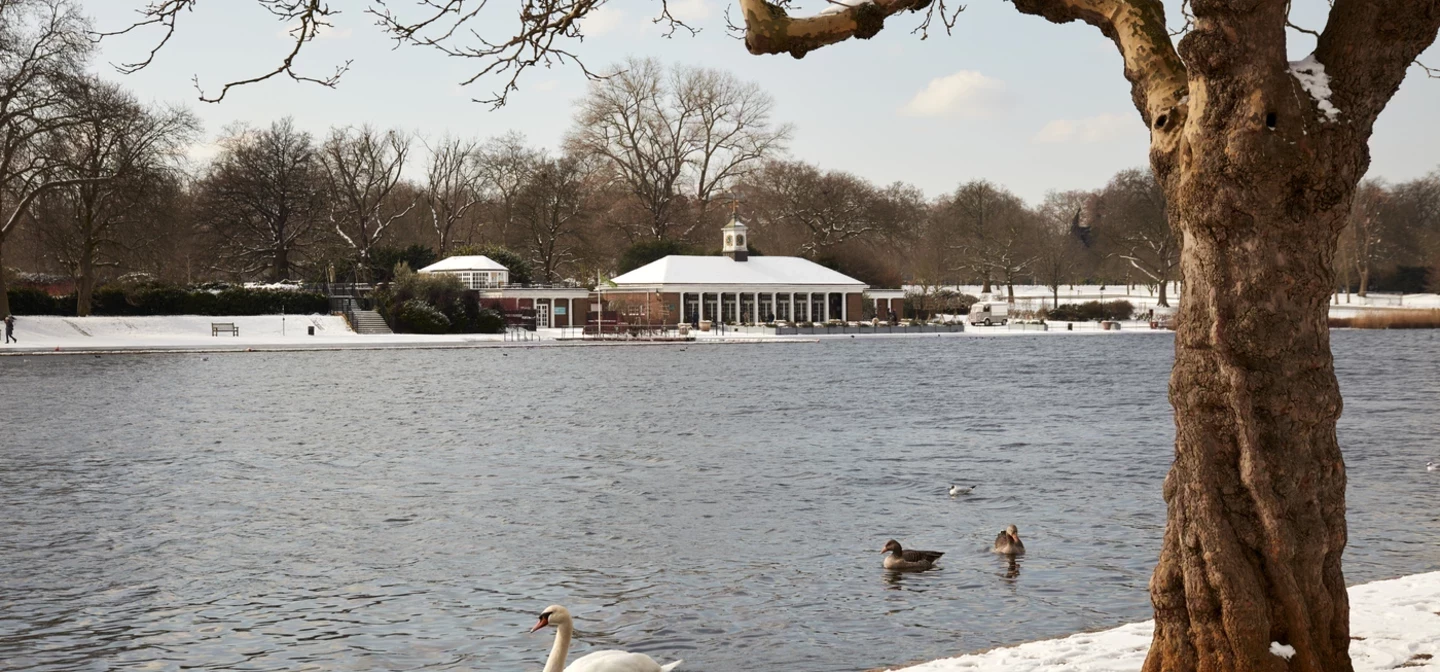
Welcome to Hyde Park
For hundreds of years, visitors have flocked here to party, protest and play.
Key information
Opening times (pedestrian gate)
Pedestrian gates 5am - midnight
Food & drink available
Shop open 10am - 6pm, 7 days a week
This is where suffragettes gave fiery speeches, where the Rolling Stones rocked out by the lake, where the UK’s first Pride march began and where Nelson Mandela took the stage. No wonder it’s nicknamed ‘The People’s Park’. Come on in and join the fun…
This vast open space in the heart of the city is packed with things to discover. At its heart is the Serpentine, boasting panoramic lake-side paths, waterfront cafés, the official Royal Parks shop, and an abundance of wildlife to spot. Look out for the heron under the bridge – and hardy swimmers at the Lido, home to the oldest swimming club in Britain.
At iconic Speaker’s Corner, you’ll see where radicals and revolutionaries from Karl Marx to George Orwell have come to have their say. This idea of a public spot devoted to free speech has been copied all over the world.
In 1851, over 6 million people visited Hyde Park to see the Great Exhibition, which showcased culture and technology from across the globe. Today, the site is occupied by sports pitches – you can book a game of football or a round of tennis where the Crystal Palace once stood!
For a more tranquil visit, explore the winding paths and picturesque meadows in the north of the park or head for the rose garden, near to sandy Rotten Row – a historic route that ran from Kensington Palace to Whitehall.
Perhaps you’ve got a ticket for one of the park’s famous major events – from blockbuster concerts in the summer to much-loved Winter Wonderland at Christmas.
At the end of your visit, why don't you step into The Royal Parks shop and pick up something special to remember your visit.
Whether you’re here to dance or to discover, to swim or to saunter – we hope you have a marvellous visit.
Discover More about Hyde Park
-
Hyde Park Pet Cemetery
One of the first public pet cemeteries in the UK, over 1,000 dogs and cats have been laid to rest here.
-
Best trees to see this Autumn in London’s Royal Parks
Autumn has arrived in the Royal Parks and we've put together a list of the best trees to see this season.
-
The Great Exhibition of 1851 in Hyde Park
The Great Exhibition of 1851 was held in the Crystal Palace in Hyde Park
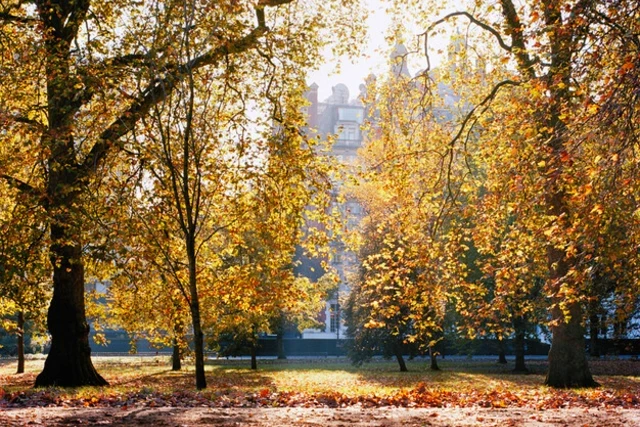
Hyde Park London photos
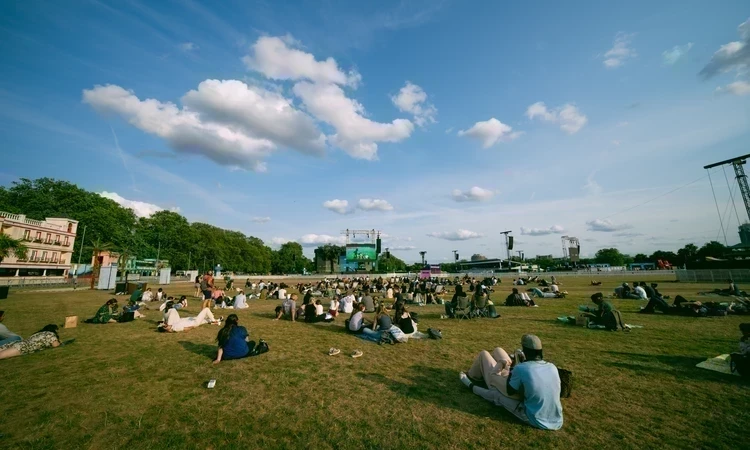
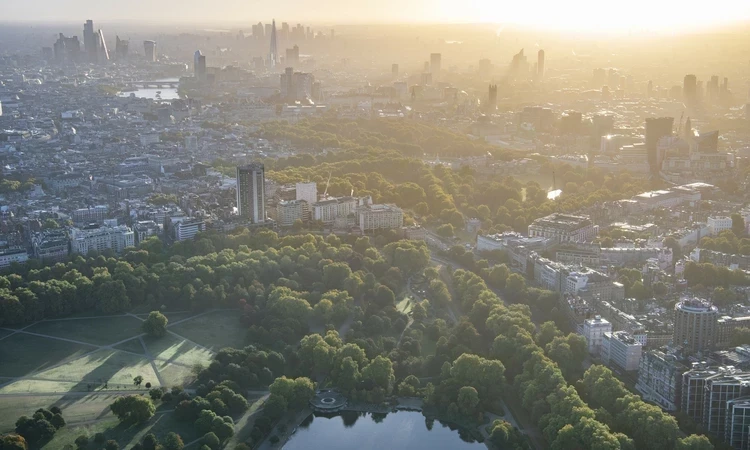
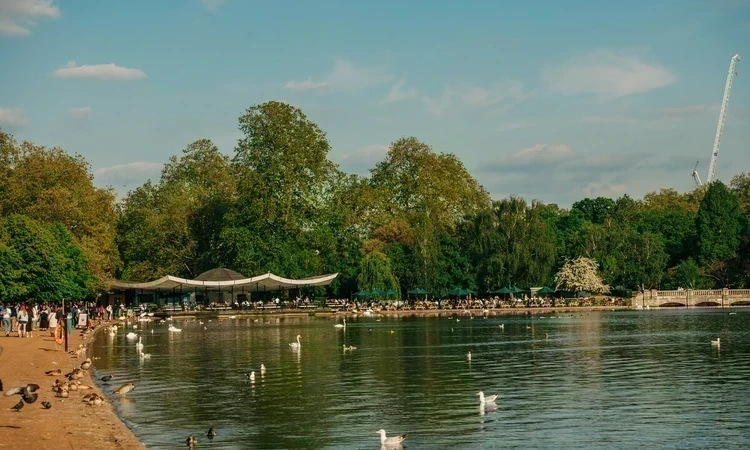
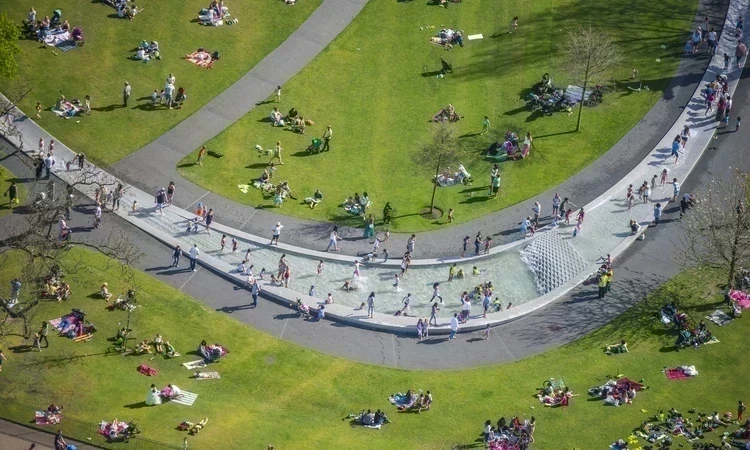
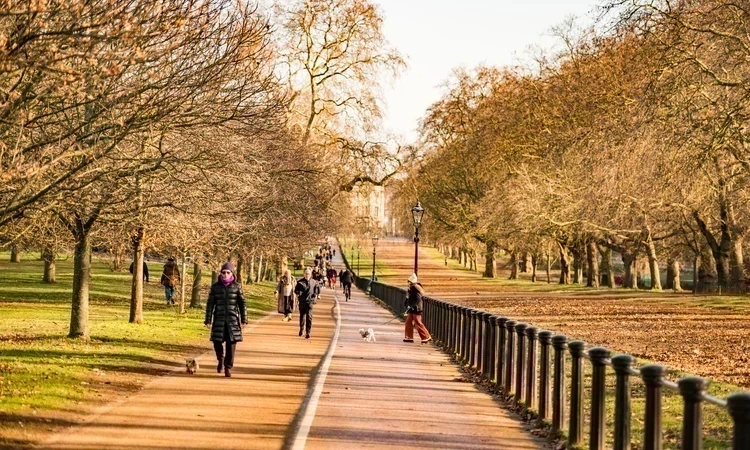
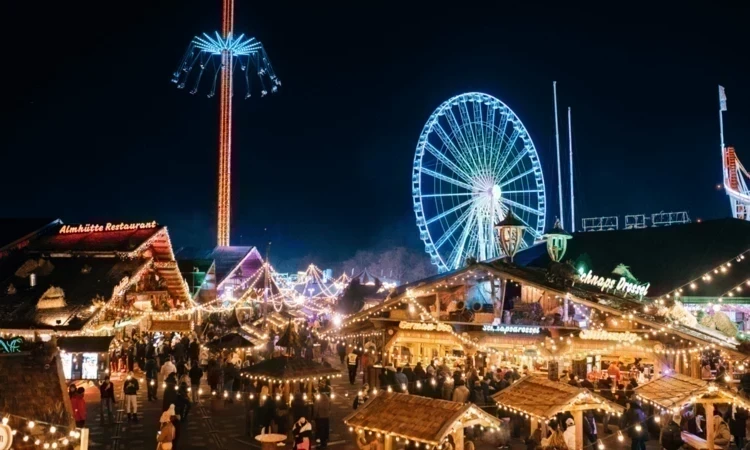
-
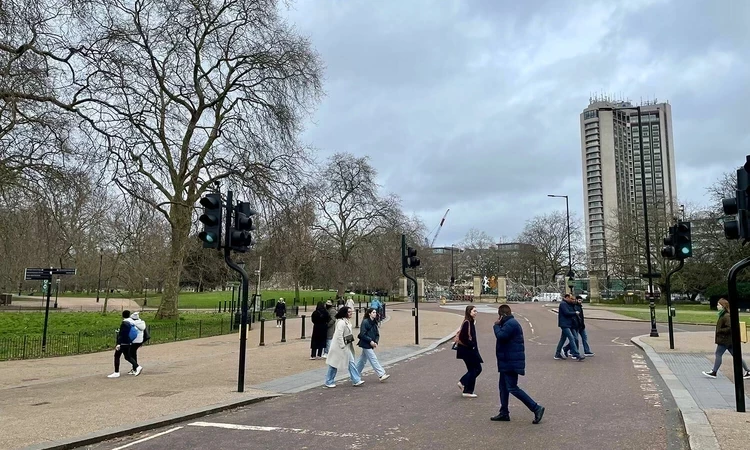
Consultation on weekday road closure of South Carriage Drive
A public consultation on whether South Carriage Drive in Hyde Park should be permanently closed to motor traffic on weekdays.